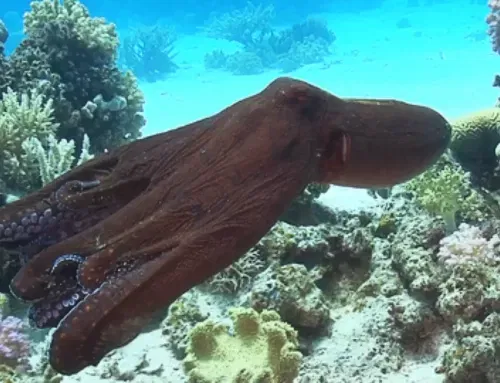Leonardo da Vinci’s Mona Lisa in the Louvre in Paris is arguably considered the most important painting in history. Almost everyone in the world knows it in one way or another. Apart from being beautifully painted, one of the most distinguishing and talked about features is the ambiguity of her smile, or half-smile, or…well, that’s the point. Her eyes are diverted and looking somewhere else outside of the framed portrait. Looking at what? At whom? She is an artistic representation of human nature, as it were – ambiguous and complex. What’s in her mind? What’s her secret?
Hardly anyone, by comparison, has heard of John Tiktak, the marvelous Inuit sculptor who concentrated on heads and faces. I don’t mean that Tiktak is equivalent to Leonardo as an artist, but I do believe it’s a shame that he is not known among the great artists. It’s time to change that. Such is the fate of numerous Inuit artists with strange names in the frozen Arctic. In the sculpture shown here, it’s not that the head is gazing elsewhere, lost in thought. Unlike Mona Lisa, he is looking directly at the viewer, challenging us to understand his thoughts. Like the Mona Lisa, he projects his own secrets. The subtle upward slant of his mouth toward the right side of the face (from the viewer’s perspective) brings life to the stone head, like the rightward gaze of Mona Lisa’s eyes. The head clearly has ambiguous thoughts. Is he skeptical? Grinning? Angry? Maybe it’s just a toothache! I don’t know, just like I don’t know the thoughts of Mona Lisa.
Ambiguity touching our humanity, achieved simply, can elevate art to greatness.






Leave A Comment